Tomfh
Structural
- Feb 27, 2005
- 3,565
Follow along with the video below to see how to install our site as a web app on your home screen.
Note: This feature may not be available in some browsers.
TugboatEng said:Usually there are 3 switchboards. Two mains and an emergency ...
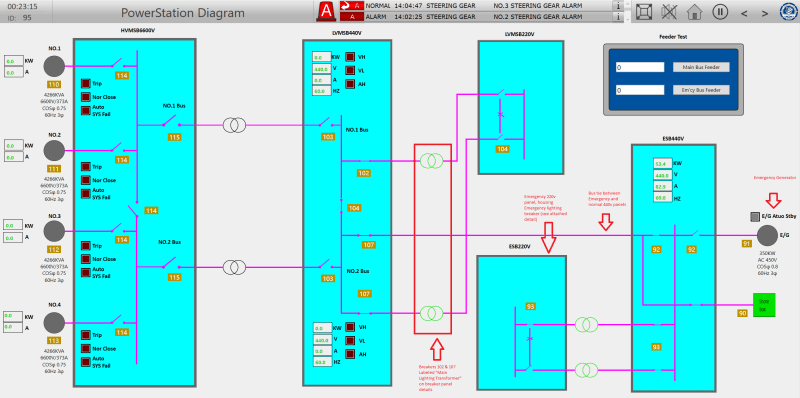
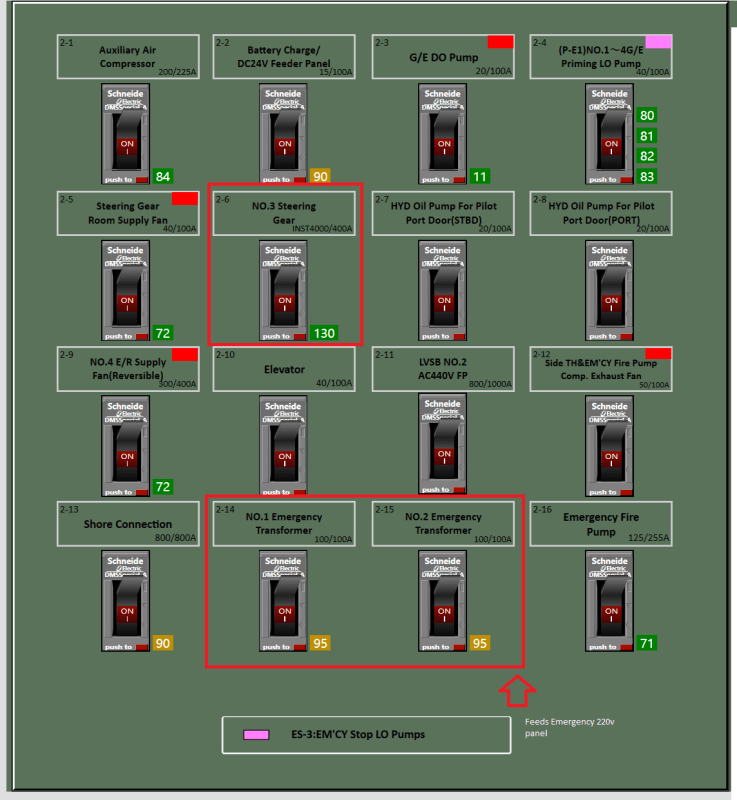
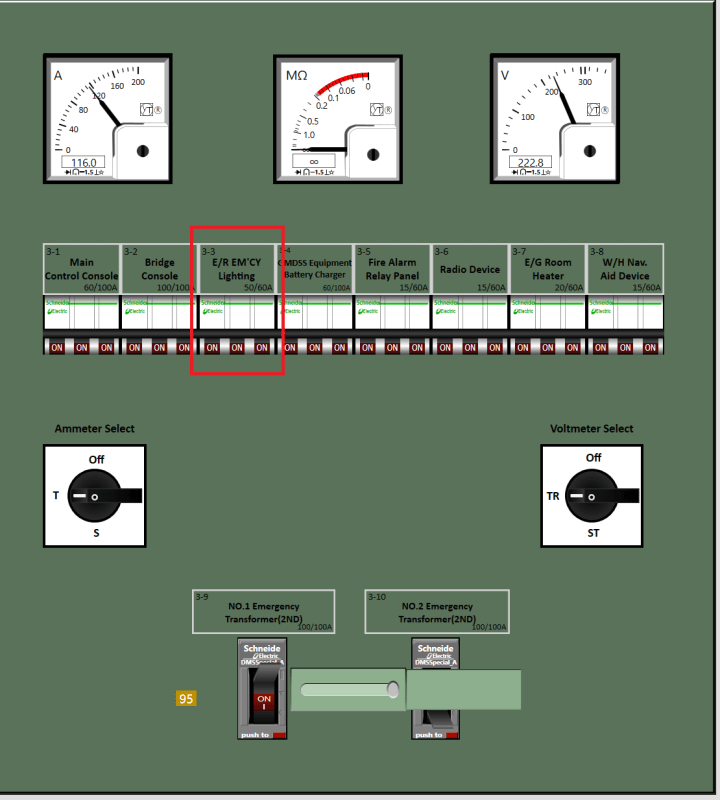
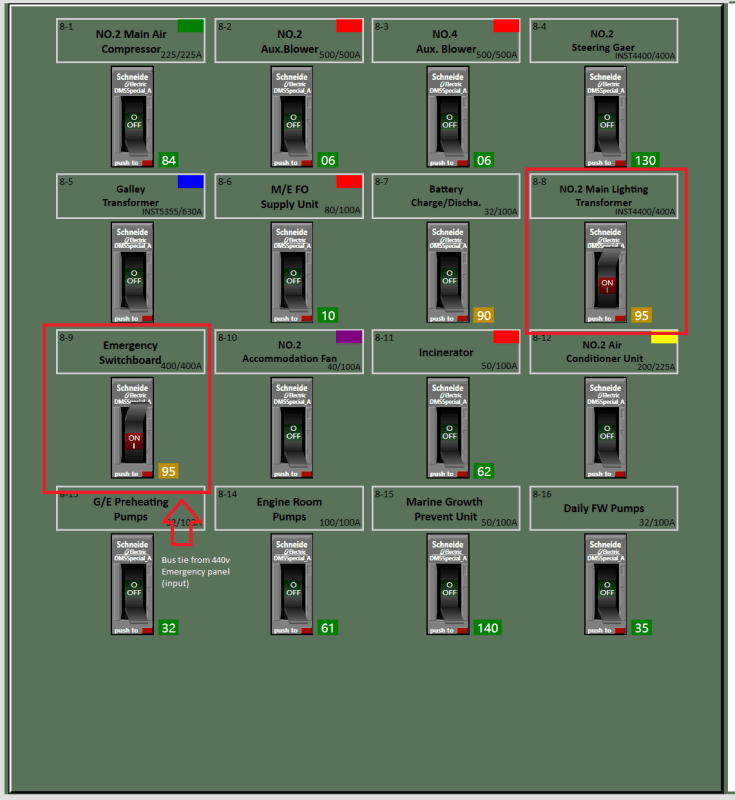
Small diesel engines,ie:trucks, diesel generators, pumps and compressors:I don't know how much load is required before the turbochargers can supply sufficient charge air. I did all of my training on steam.
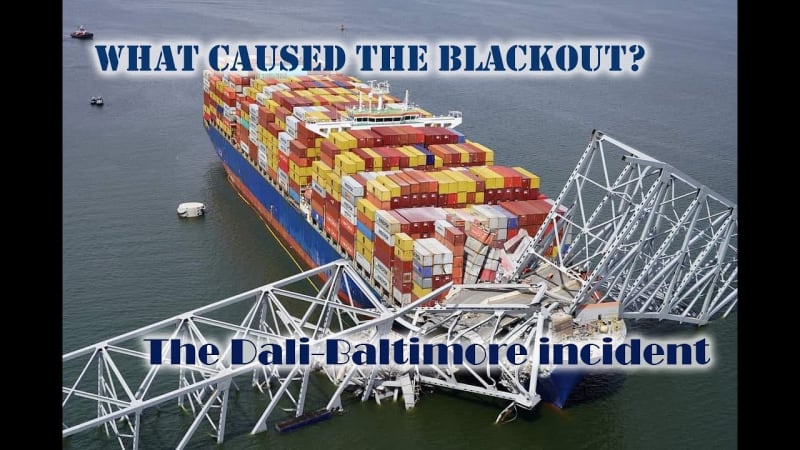
I haven't seen any speculation concerning the bow thruster.Wiki said:For maneuvering in ports, Dali has a single 3,000 kW (4,000 hp) bow thruster. Electricity is generated onboard by two 3,840 kW (5,150 hp) and two 4,400 kW (5,900 hp) auxiliary diesel generators.
Admitted the efficiency will be much less when underway, but when the rudder is ineffective, ant help from the bow thruster may help turn the ship.Can't imagine the bow thrusters were still running by the time the ship was established in the channel and making 8 kt - or that they'd have that much effect even if they were.
